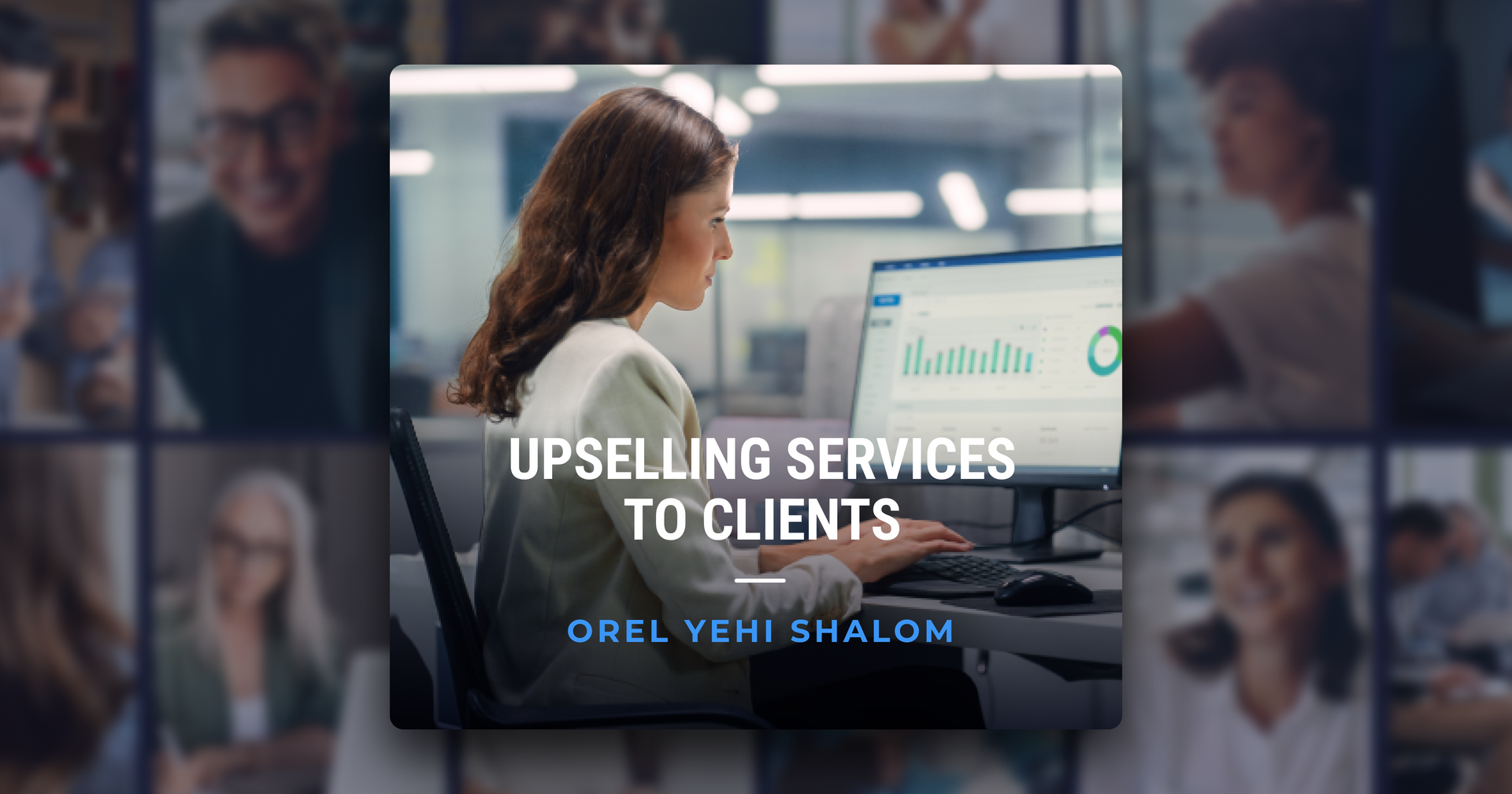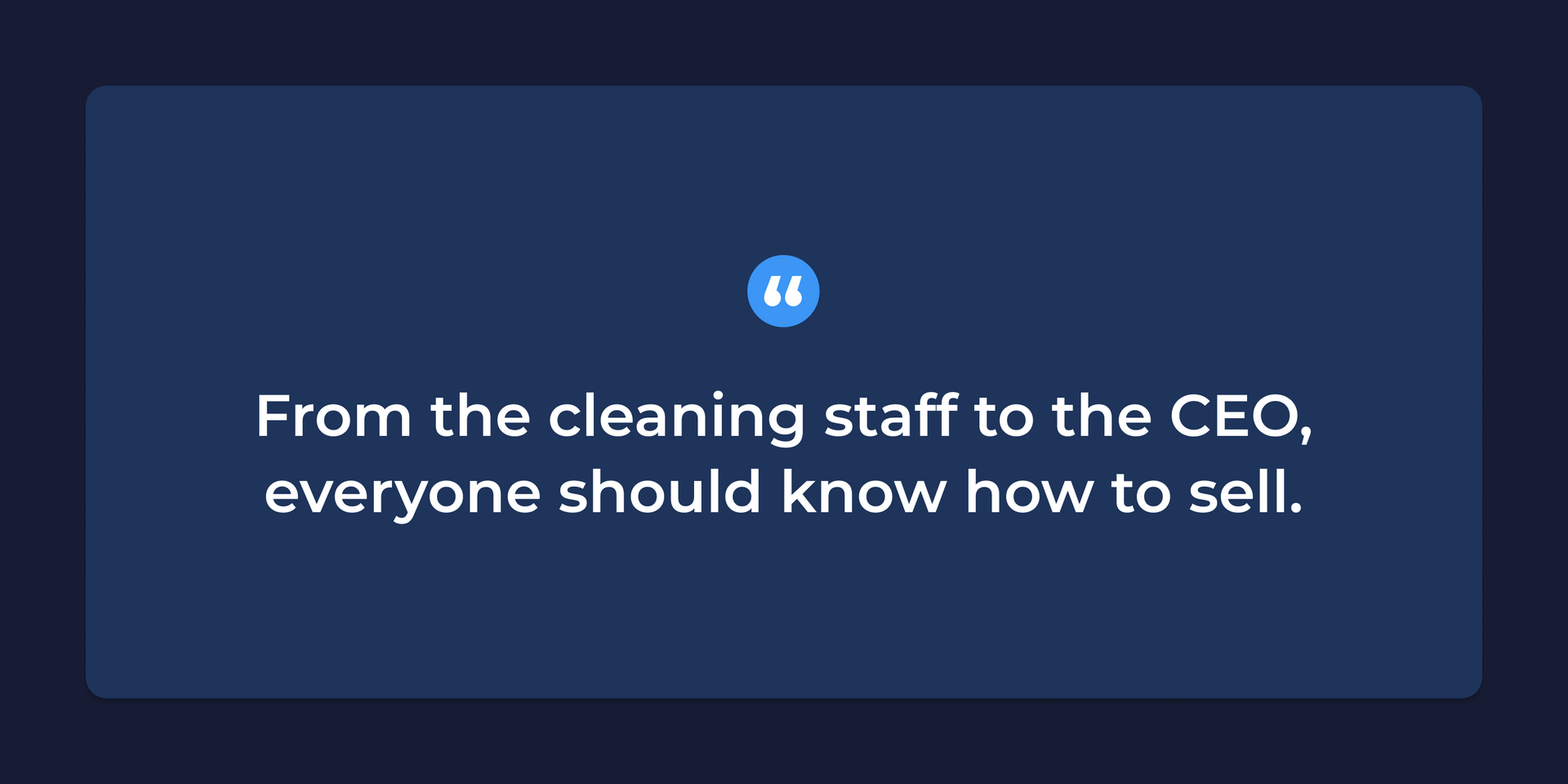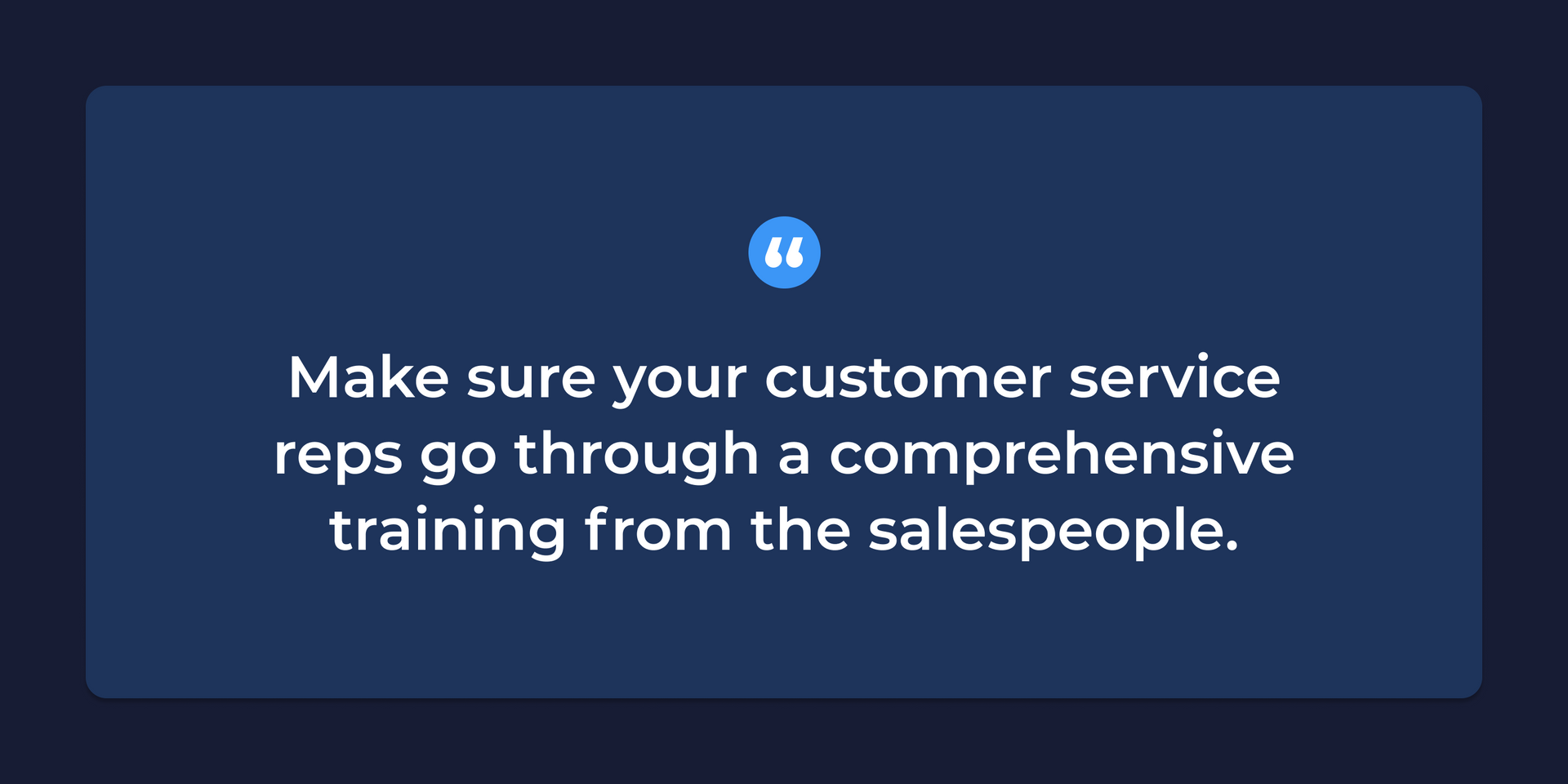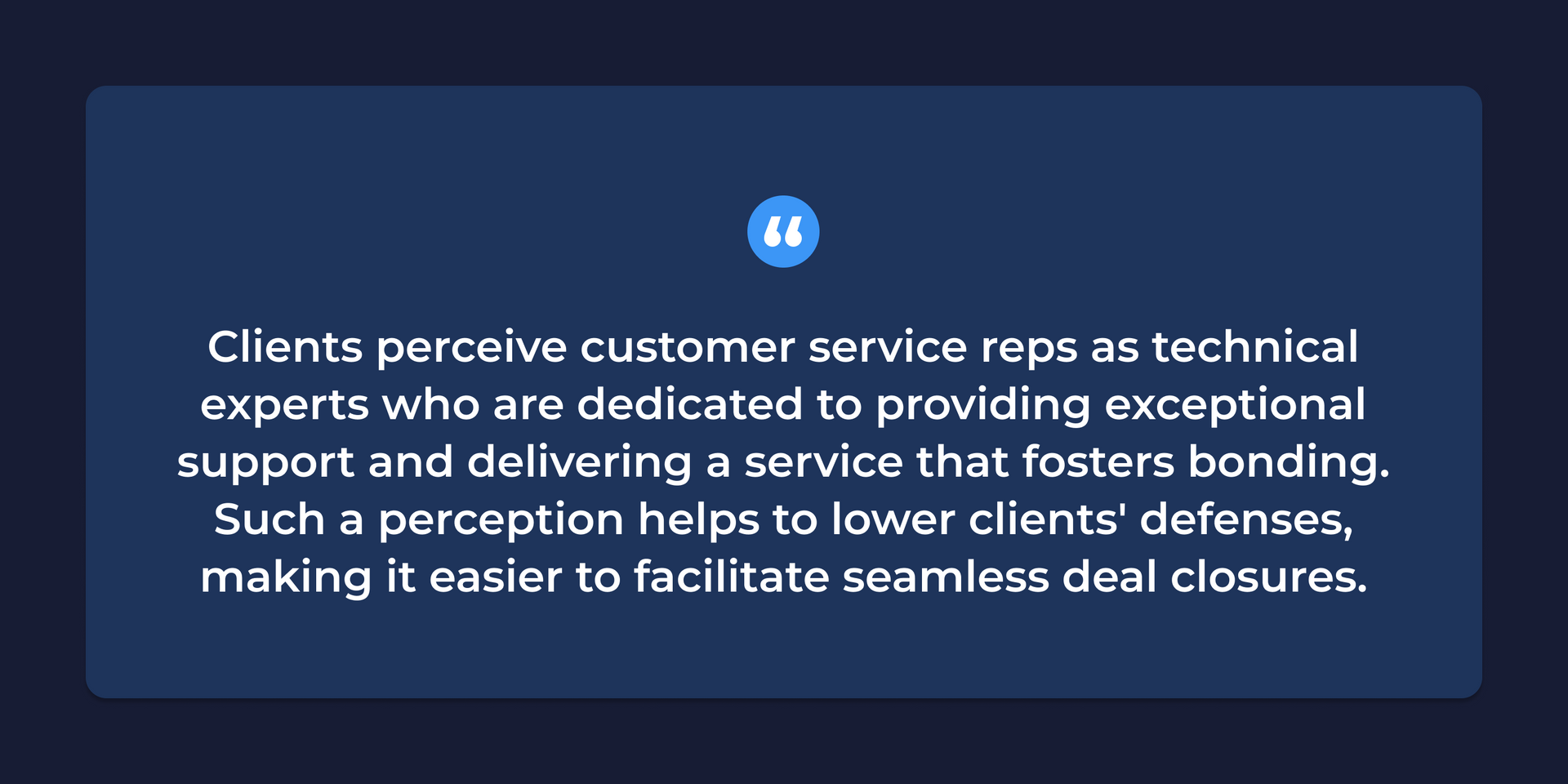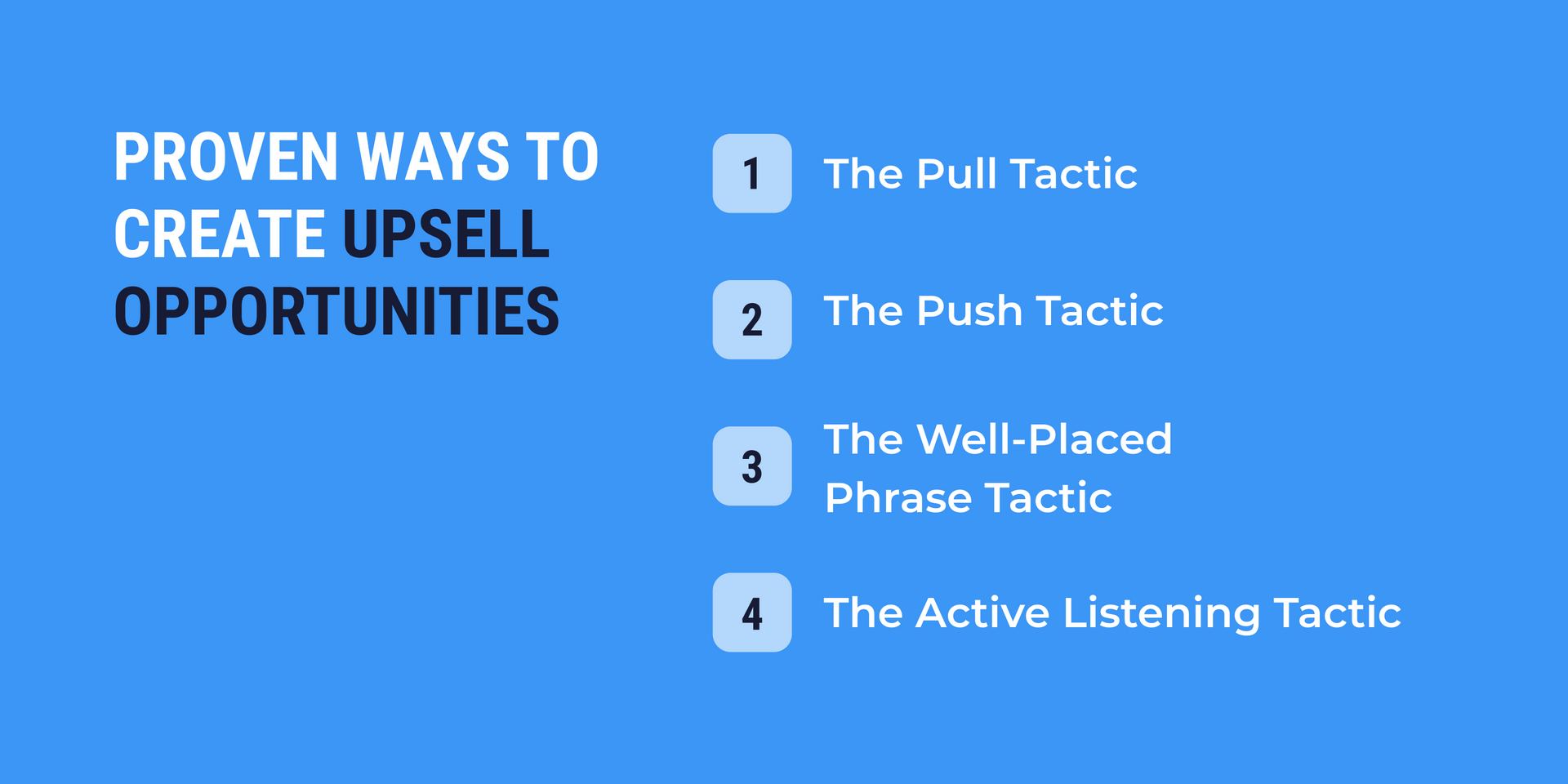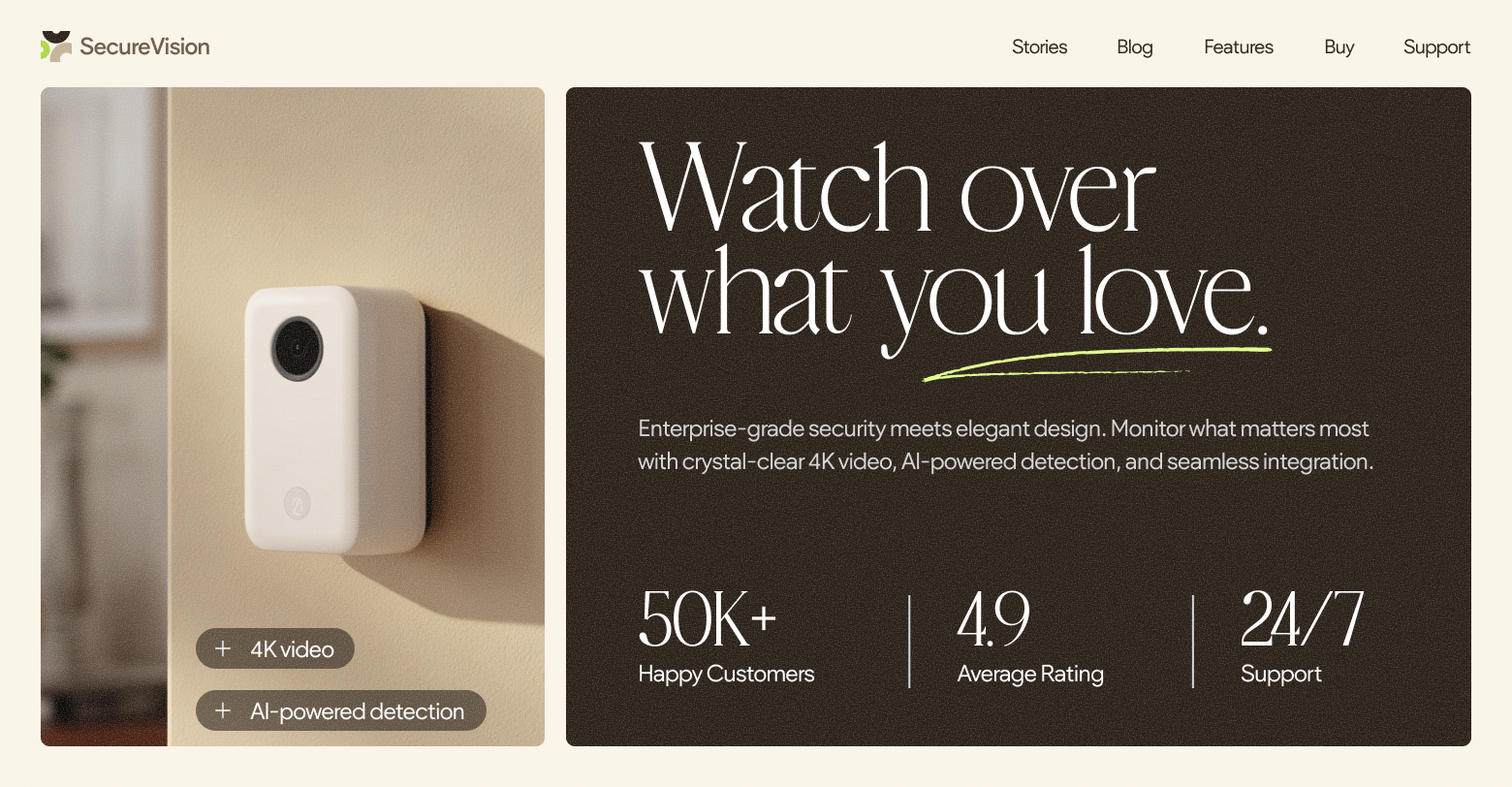In this content series, Scale and Thrive: Growth Insights for Agencies, by Agencies, we share proven tips and insights from agencies who scaled their operation and delivered proven growth. This blog post was written by Orel Y. Shalom, a successful agency owner with over a decade of experience in the field. Over the years, Orel has led more than 70 employees, producing over 10,000 websites for clients in a wide range of verticals.
Courting a new client for your
agency can often be costlier than upselling to an existing one. To be more specific,
up to 25 times more expensive. Not only that,
research suggests that the likelihood of selling to an existing customer is 60-70%, while the probability of selling to a new prospect is just 5-20%.
So, you understand that your agency's financial health and scalable growth relies heavily on your agency’s knack for seizing upselling opportunities and skillfully upselling to clients.
Today, you and I are diving into the exciting potential of broadening your agency’s offerings. Our main goal? To increase the average revenue per client and maximize your upselling capabilities.
Watch as I dissect upselling strategies that can help you rise above and beyond in delivering exceptional value to your clients and grow.
Upsell and Cross-Sell Opportunities
Before we go any further, let’s make sure we’re on the same page: Upsells and cross-sells are two different things. When I talk about upsells, I refer to things like website add-ons, such as a WhatsApp button, accessibility features or populating additional pages with content, for instance. There are also cross-sell options and these, typically, go beyond website development or construction and include SEO or paid promotion on social media, and so on.
Here are a few examples of upsells at my agency, which, as you might recall, enhance client website capabilities - no matter the size of the project, I have a detailed and organized pricing set up for each to make sure everything’s clear from the get-go:
A user-friendly WhatsApp button - A readily accessible 'Click-to-Call' button
- Map integrations or a convenient 'Click-to-Waze' feature
- Three distinctive levels of
website accessibility upgrades:
.Entry-level: The installation of an accessibility plugin- Intermediate-level: Introducing a standardized accessibility framework, encompassing aspects like website hierarchy, alt texts for images, and more.
- Comprehensive-level: This all-inclusive service ensures a fully accessible interface with the seal of approval from accessibility professionals.
Entering content pages, usually up to 2 Word pages with a fixed price for each- Content writing services/articles for promotion
- Chatbots
- Pop-up notifications
And if we’re talking about cross-sell options, here are a bunch:
Landing pages- Organic strategies for Google visibility
- Paid promotions on Google and YouTube
- Facebook and Instagram campaigns
- Publishing articles on established publishers' websites, complete with references
- Taboola and Outbrain ads
- Captivating profile or cover videos for websites or Facebook adverts
- Full website SEO optimization
- Publishing additional articles for one-time promotional boosts (offered as part of our one-time optimization package)
- Featuring client’s business in our agency's directory
- Digital business cards
- Comprehensive branding packages, including logo, blank pages, business cards, and envelopes design
Everyone Should Know How to Upsell a Client at Your Agency
When it comes to upsell marketing (and sales in general), the concept I'm advocating for at my agency is an all-encompassing one, that is,
from the cleaning staff to the CEO, everyone should know how to sell. I’m intentionally fostering
a work environment that motivates and applauds each staff member for pinpointing a client’s potential and requirements, and making an upsell. That’s why I have a rewards system set up, which I will discuss further.
I must say, however, that this strategy can sometimes ruffle the feathers of salespeople, who often see clients as their personal territory. They might feel slightly annoyed if a colleague seizes an upsell opportunity, as if their hard-earned slice of the pie was unexpectedly swiped from their plate.
Communicate that clients are part of the agency’s collective clientele, and every team member has the green light to promote your products and services. With this mindset, employees become more in sync with clients, effortlessly spotting upsell opportunities. Sure, there could be times when a colleague secures a sale before your salespeople, but I see it as part of the teamwork dance, if you will.
One more thing, my customer service department has been rebranded as the customer success department (I spoke earlier about customer service and success reps being part of an
agency’s structure equipped for scale).
But the change isn't merely cosmetic – they're armed with explicit sales goals and an enticing bonus structure for accomplishing upsells. Additionally, the department’s lead has a group target to reach in order to earn a managerial bonus. I like to instill the sales philosophy into the team, first and foremost, by explaining that
providing upsells isn't just about increasing sales, it's an integral component of offering outstanding customer service.
And this doesn't mean you’re forcing unnecessary products onto your clients. Imagine a client’s disappointment when they find out that a small additional investment could have dramatically improved their website, if only someone had informed them. Thus, as ambassadors of the company committed to helping clients in reaching their sites’ full potential, it's your staff’s responsibility to suggest your agency’s high-end services. This enables clients to gain much more value from their sites. I believe this strategy is the cornerstone of superior customer service.
My advice is to also make sure your customer service reps go through a comprehensive training from the salespeople. That way, they will be equipped with tools to not just introduce upsells, but to truly master the art of selling and closing deals. An added bonus is that with this training, they can better dive into client needs as well as what's covered in their purchase agreement, ensuring the client benefits from the services and products they require.
I want you to remember that your customer service reps have a distinct advantage over your sales team:
Clients perceive them as technical experts who are dedicated to providing exceptional support and delivering a service that fosters bonding. Meaning, unlike salespeople, they offer friendly advice and guidance. Such a perception helps to lower clients' defenses, making it easier to facilitate seamless deal closures.
Let me illustrate: After providing instructions to the client, a representative might casually mention the absence of a WhatsApp button on their website and highlight how its inclusion can significantly boost lead generation. They will then offer the option to add this feature at a cost of $100. More often than not, clients agree to the suggestion without any
objections.
We’ll talk about how to turn your customer service into true upselling masters in one of my next blog posts. For now, let’s continue our discussion about different upsell services your agency can offer. I will provide more specific upsell tactic examples below.
How to Approach Cross-Sell Opportunities Correctly
The key lies in training a special team of sales reps, dedicated to supporting the sales of advertising products and promoting websites and businesses online. Keep these reps in complete sync with your marketing department.
Make sure these reps know how to create preliminary reports on clients, including crucial details such as geographic targeting, organic keyword analysis, keyword costs, phrase competitiveness, and a comprehensive understanding of advertising complexities on various social media platforms.
This knowledge makes it easier for them to approach conversations with clients fully prepared; it showcases their professionalism and expertise. This not only instills confidence in clients but also facilitates effective training during the sales process, ultimately leading to successful deal closures.
Reward Staff for Upselling Clients
At my agency, I’ve established a
rewards program for every employee, from my dedicated salespeople and customer success team to our talented studio staff.
No matter if we’re talking about existing or potential clients, this program, among all, recognizes everyone who refers leads interested in my agency’s digital services and promotional offerings. Just to give you an idea, I offer a reward of $15 for each referral and an additional $50 when a referred lead successfully converts into a closed deal. This initiative is deeply ingrained in my agency's culture, as we value the contributions of each team member and strive to create a sense of recognition and motivation.
To make it easier for my staff to submit a lead for an upsell, I created a user-friendly Google Sheets form accessible to all staff members from their browser, allowing them to effortlessly submit lead information to the digital marketing department.
Now, let’s dive deeper and talk more about proven upsell tactics.
How to Create Upsell Opportunities?
Generally speaking,
the way I like to go about creating upsell opportunities is making clients feel like they are about to miss out on something. Let’s first explore two effective tactics: Pull and Push.
- “The Pull Tactic” - It involves engaging the client in a friendly conversation, where you discuss your solutions in a general context. You highlight the positive outcomes and how they can improve the client's business. The key here is to subtly stimulate their needs without coming across as pushy or sales-focused. By presenting the benefits in a non-pressuring manner, you create a sense of curiosity. The goal is to make the client genuinely interested in the service, prompting them to initiate the request on their own.
The “Pull Tactic”is a great starting point as it puts the customer in control, allowing them to feel like they are the ones discovering the value.
Now, if this tactic doesn't yield the desired response, you can smoothly transition to the “Push Tactic”.
- “The Push Tactic” - In a nutshell, it means being more assertive, actively encouraging the customer to consider the upsell. Emphasize the benefits and demonstrate how the additional service or product can further enhance their experience or meet their specific needs. However, remember to only resort to the “Push Tactic” after attempting the Pull one. The idea is to strike a balance by being persuasive without being overly forceful or aggressive.
Try to understand the client’s receptiveness and adapt your approach accordingly.
I recommend providing a time-limited discount offer in certain situations to encourage clients to make a prompt decision while their interest in the product is still high.
Now, because in my agency we promote the “everybody-knows-how-to-sell” mentality, every employee who isn't directly involved in sales has a unique advantage when it comes to implementing the “Pull Tactic.” As I mentioned earlier, they aren't initially perceived as salespeople.
Create a culture where upselling becomes a natural part of your interactions with clients. By using this strategy, you capitalize on opportunities and provide added value to your clients in a friendly and conversational manner, without the pressure of a traditional sales pitch. - “The Well-Placed Phrase” Tactic -
It's all about seizing the right moment and using the power of a well-placed phrase.
Picture this: You've just had a productive conversation with a client, addressing their main concerns or providing them with a service. As you're wrapping up the conversation, you can take advantage of that moment by casually mentioning something that might be of interest to them. Here's where the magic word comes in - "By the way."
For example, you might say, "By the way, have you heard about our new product? It has been a game-changer for many of our clients, significantly improving their businesses." By inserting that simple phrase, you create an upsell opportunity without sounding pushy or sales-focused. It's an invitation for the client to explore something additional that could benefit them.
Similarly, you can try another one of phrases I’ve found effective, "Why don't you have this particular feature on your website? Did you consider it when we closed the contract? I think it could really enhance your business. Many customers in your field are finding great success with it." This approach subtly highlights the potential missed opportunity, prompting the client to feel like they might be lacking something valuable.
From there, you can offer to check and provide the feature for a nominal cost, allowing the client to fill the gap they may have unknowingly overlooked. - “The Active Listening” Tactic
- It’s crucial to actively listen to the client. Your staff (or salespeople) has a unique role in identifying potential upsell possibilities based on what the client is expressing. For example, if the client says they want to increase the number of referrals from their website, reflect back by saying, "I understand from what you're saying that you're looking to enhance your site's referral potential." Emphasize the “what you’re saying” part. By doing so, you demonstrate that you genuinely understand their needs.
Again, you’re not directly selling to them; instead, you’re providing a tailored solution that addresses the need they've expressed. You become the bridge between their general needs and the upsell you can offer. Through active listening and effective need translation, you ensure that the client feels heard and understood while presenting them with the value-added service they require.
In addition to conversational tactics, there are other effective methods to promote upsells that go beyond direct conversations. Let me share a few with you.
- Email signatures - Each staff member can include a link in their email signature that directs recipients to your list of recommended additional services. This page provides a comprehensive overview of the upsells available, allowing clients to explore and contact a representative for more information with just a click. It's a convenient way to subtly introduce the upsell options to recipients without being intrusive.
- Monthly newsletters/personalized texts/WhatsApp messages - These should be tailored to the client’s segment. When something new emerges that can significantly benefit their business,
craft a message that feels like a personal recommendation rather than a generic announcement. By addressing the client by name and presenting the new offering as a solution to their specific needs, you create a sense of individualized attention and relevance. To further incentivize action, end the message with a limited-time discount or special offer, prompting the customer to take action. My tip is to make it clear that you’re available to discuss their specific requirements at their convenience, emphasizing your commitment to personalized service.
Final Thoughts
When it comes to upsells, it’s a game-changer for your agency’s financial health and scalable growth. Hopefully, my tactics will help you make the most of upsell opportunities..
Keep in mind that success lies in actively listening to your clients, recognizing their needs, and positioning your upsells as solutions that address those needs. Take advantage of every opportunity, whether it's through conversational tactics or utilizing various communication channels to introduce upsell options.
Now it's time to put these tactics to the test and witness the transformative impact they can have on your agency's revenue and client satisfaction. Happy upselling!
Related Posts
By Ilana Brudo
•
November 13, 2025
Don't let AI-generated websites cause day-two headaches. Learn why agencies need governance and control, and how Duda's AI stack offers speed without the risks.
By Shawn Davis
•
November 6, 2025
Learn how Jared Broussard's agency scaled client websites by switching from WordPress to Duda, saving time and costs while boosting efficiency and growth.
By Ilana Brudo
•
October 30, 2025
Stop the magic, start the security. Uncover the hidden risks of AI "vibe coding" in web development and build safer websites for your clients.
Show More


